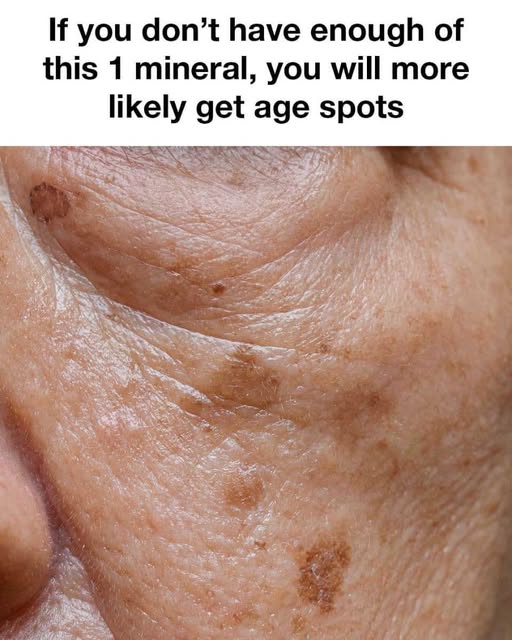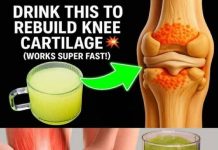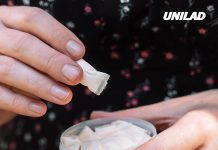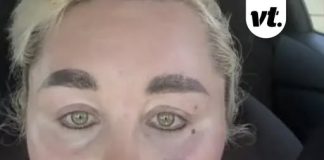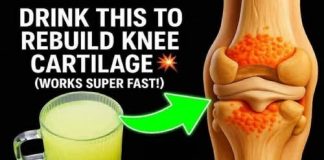Age spots, also known as liver spots or solar lentigines, are flat, brown, gray, or black spots that commonly appear on areas of the skin exposed to the sun, such as the face, hands, shoulders, and arms. While they are more prevalent in adults over 50, younger individuals can also develop them due to prolonged sun exposure. These spots result from an excess production of melanin, the pigment responsible for skin color. Factors contributing to their development include aging, genetics, and ultraviolet (UV) radiation from the sun.
The Importance of Minerals in Skin Health
Minerals play a crucial role in maintaining healthy skin. They are involved in various biological processes, including cell regeneration, protection against oxidative stress, and maintaining the structural integrity of the skin. Key minerals such as zinc, copper, and selenium are essential for skin health. They help protect the skin from damage, support its natural healing processes, and contribute to overall skin vitality.
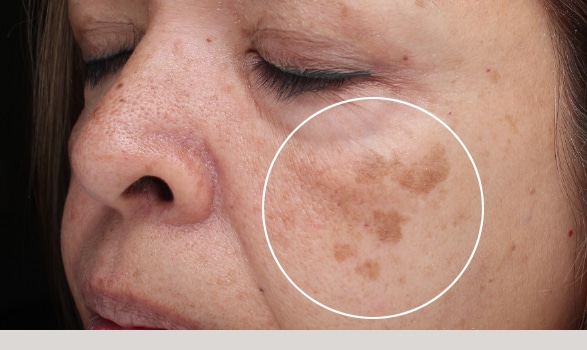
Selenium: A Vital Mineral for Skin Protection
Selenium is a trace mineral that is vital for numerous bodily functions, including the maintenance of healthy skin. It acts as a potent antioxidant, safeguarding cells from damage caused by free radicals—unstable molecules that can lead to premature aging and skin deterioration. Selenium also supports the immune system and is integral to the proper functioning of thyroid hormones, which regulate various metabolic processes.
The Link Between Selenium Deficiency and Age Spots
A deficiency in selenium can compromise the skin’s ability to combat oxidative stress, making it more susceptible to damage from UV radiation and other environmental factors. This increased vulnerability can accelerate the formation of age spots and other signs of skin aging. Ensuring adequate selenium intake is therefore important for maintaining skin health and preventing the development of age-related skin blemishes.
Sources of Selenium
Selenium can be obtained through various dietary sources. Foods rich in selenium include:
- Brazil nuts
- Seafood such as tuna, sardines, and shrimp
- Meats like beef and turkey
- Whole grains
- Dairy products
- Eggs
Incorporating these foods into your diet can help maintain optimal selenium levels, supporting skin health and overall well-being.
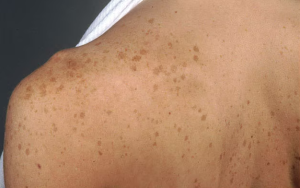
Preventive Measures Against Age Spots
Beyond ensuring sufficient selenium intake, several measures can help prevent the formation of age spots:
- Sun Protection: Regularly apply broad-spectrum sunscreen with an SPF of at least 30, wear protective clothing, and seek shade during peak sun hours.
- Healthy Diet: Consume a balanced diet rich in antioxidants, vitamins, and minerals to support skin health.
- Regular Skin Care: Use gentle skin care products, exfoliate regularly to remove dead skin cells, and moisturize to maintain skin hydration.
- Avoid Tanning Beds: Refrain from using tanning beds, as they emit UV radiation that can accelerate skin aging and increase the risk of age spots.
Conclusion
Age spots are a common skin concern resulting from various factors, including sun exposure and aging. Understanding the role of minerals, particularly selenium, in skin health can provide insights into preventive strategies. By maintaining adequate selenium levels through diet and adopting protective measures against UV exposure, individuals can support their skin’s health and reduce the likelihood of developing age spots

